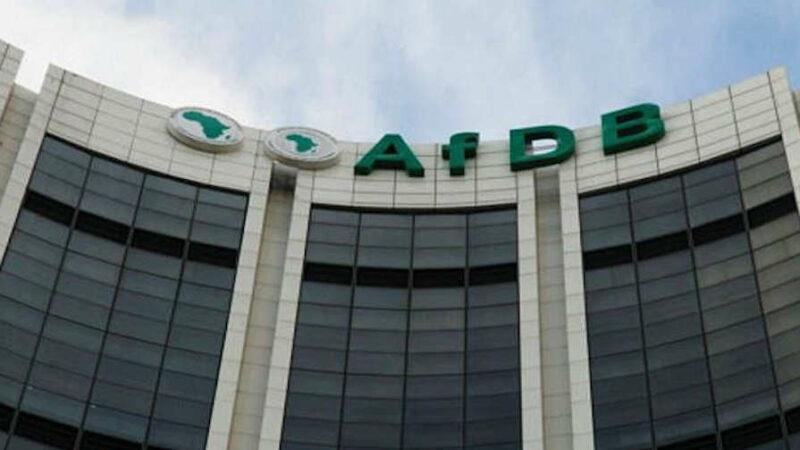•Outflow of portfolio investments rose to $27.5bn in 2021
Ugo Aliogo with agency report
The President, African Development Bank Group (AFDB), Dr. Akinwumi Adesina, has stated that rising global interest rates have had negative effects on portfolio investments in Africa, with outflow of portfolio investments increasing from $8.1 billion in 2020, to $27.5 billion in 2021.
He however, stated that remittances continued to help boost recovery, as this increased across several countries due to better than expected economic recovery in migrant destination countries, noting that remittances increased from $84 billion in 2020 to $95.6 billion in 2021.
Adesina, who disclosed recently at the at the Launch of the African Economic Outlook 2023, during the 2023 Annual Meetings of the African Development Bank Group, recently, at Sharm El Sheikh, Egypt, stated that the war in Ukraine, had led to a shrinking of net Official Development Assistance (ODA) to Africa.
He added that Net ODA to Africa declined by 7.4 per cent in real terms from $36.6 billion in 2021, to $34 billion, which was the lowest level in the past 12 years. This, he said calls for greater efforts in Africa to mobilise more domestic resources.
He revealed that it was critical to ensure coordinated debt treatment between official and private creditors and ensure that the G20 Common Framework works for African countries, while stating that other policy recommendations included industrial policies to accelerate diversification of economies, and expansion of regional trade to lower exposure to global volatilities.
The AfDB President said Africa was being short-changed by climate finance, noting that the continent would need between $235–$250 billion annually through 2030, to meet investments under its Nationally Determined Contributions, “yet, Africa received just about $30 billion in climate finance.”
According to him, “Of particular concern: Public climate finance is six times that of private finance. Private flows of climate finance in Africa are the lowest in the world. Africa’s private financing gap is estimated to reach $213 billion annually through 2030.
“This implies that private sector climate financing will need to increase by 36 percent annually. This explains why the theme of our Annual Meetings is focussed on this issue.
“The report recommends several ways to attract private climate financing, including green bonds, debt-for-nature swaps, green banks, blended finance, and carbon markets.
“As we gather today, the world is facing multiple challenges, including climate change, inflation driven by higher prices of energy, commodities, and disruption of supply chains due to the ongoing Russia-Ukraine war.
“And the tightening of monetary policies in the US and Europe has led to rising interest rates that are compounding debt service payments for African countries.
“The report shows that in the face of these challenges, African economies have demonstrated remarkable resilience. The continent achieved an average growth rate of 3.8 percent in 2022, with projected average growth of 4.1 per cent for 2023–2024. This surpasses the global average of 3.4 per cent in 2022.
“African countries that are exporting oil have experienced a boost in growth as global oil prices have remained high. However, resource-intensive countries experienced a deceleration of growth because of their lack of diversification and the lower prices of commodities, especially minerals due to weak global growth. Non-resource-intensive countries with more diversification experienced higher growth.”
He added: “African economies are moving in the right direction. Five of the six pre-pandemic top-performing economies are set to be back in the league of the world’s 10 fastest-growing economies in 2023–2024.
“External financial inflows to Africa-including foreign direct and portfolio investment, official development assistance, and remittances have rebounded by approximately 20 percent, reaching $216.5 billion (or 7.5 percent of GDP) in 2021. This is up from $179.9 billion (or 7.4 percent of GDP) in 2020 during the peak of the COVID-19 pandemic.”



